


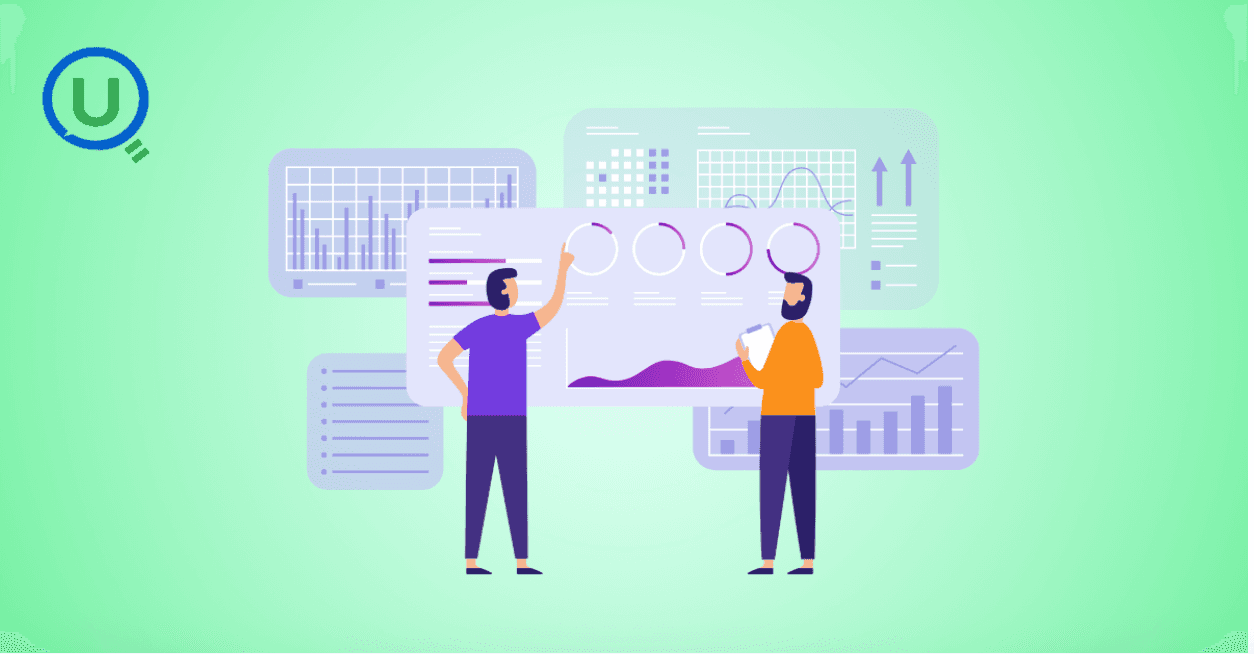
In today’s data-centric world, organizations constantly seek smarter ways to anticipate the future and decide how to act. Predictive and prescriptive analytics play a crucial role in this journey. While both aim to support smarter decisions, they address different questions. Understanding predictive analytics vs prescriptive analytics is essential to building a data-driven strategy that maximizes value, agility, and insight.
This blog breaks down the concepts of predictive and prescriptive analytics, how they differ, and how to use them effectively to achieve business success in 2025 and beyond.
Predictive analytics uses historical data, statistical algorithms, and machine learning to forecast future events. It helps answer questions such as “What is likely to happen?”
For instance, a bank might use predictive analytics tools to assess which customers are likely to default on loans. A retail brand may forecast seasonal demand trends to manage inventory more efficiently.
Collection and analysis of historical data
Application of machine learning and regression models
Trend analysis and simulation to forecast future scenarios
Customer churn prediction
Sales forecasting
Fraud detection
Demand planning and inventory management
Risk scoring in healthcare and finance
Predictive analytics tools are especially powerful when used to anticipate changes, enabling proactive rather than reactive business strategies.
Prescriptive analytics goes a step further by recommending actions to shape or influence future outcomes. It answers the question, “What should we do about it?”
It builds upon predictive insights and uses optimization algorithms, simulations, and business constraints to suggest decisions that align with business objectives.
For example, a logistics company might use prescriptive analytics to identify the fastest and most cost-efficient delivery routes. A travel agency might optimize prices in real time based on expected demand and competitor actions.
Inputs from predictive models
Optimization tools and constraint modeling
Simulation engines and decision trees
Rule-based logic and automation frameworks
Dynamic pricing in travel and e-commerce
Resource allocation and workforce optimization
Personalized marketing strategies
Investment portfolio management
Supply chain and logistics route planning
Prescriptive analytics transforms raw predictions into strategic recommendations, helping businesses act on data rather than just interpret it.
Although both are integral parts of the analytics ecosystem, predictive analytics vs prescriptive analytics involves a clear distinction in approach, scope, and utility. Here's how they compare:
Aspect | Predictive Analytics | Prescriptive Analytics |
Purpose | Forecast what will happen | Suggest what action to take |
Input | Historical data | Outputs from predictive models + business rules |
Techniques | Machine learning, regression, time series | Optimization, simulation, decision models |
Outcome | Probabilities, trends, likely outcomes | Actionable recommendations and strategies |
Primary question | “What will likely happen?” | “What’s the best thing to do?” |
In practice, many organizations integrate both techniques—using predictive analytics to identify trends and prescriptive analytics to guide the best course of action.
With rapid advances in data availability and AI capabilities, leveraging both predictive and prescriptive analytics has become essential for competitive advantage.
Smarter decisions at speed: AI-powered predictive analytics tools provide quick insights, while prescriptive analytics enables swift action.
Agility in dynamic markets: Predictive models forecast change, and prescriptive analytics adapts decisions accordingly.
Improved customer experiences: Personalized engagement, offers, and services are easier to deliver using a combination of prediction and prescription.
Operational efficiency: Prescriptive analytics can automate decisions in areas like supply chains, reducing human error and increasing consistency.
Scalability: Predictive analytics tools can scale across data sets, and prescriptive systems can deploy automated responses across departments.
Companies that integrate both analytics approaches are better positioned to handle uncertainty, unlock innovation, and increase ROI across business functions.
Choosing between predictive and prescriptive analytics depends on the business context and the maturity of the organization’s data infrastructure.
You want to forecast outcomes such as customer churn, sales volume, or market shifts
You are identifying trends to inform planning and strategy
You are preparing reports, visualizations, or executive dashboards
You must choose among multiple possible strategies or actions
You need to balance constraints such as budget, time, or resources
You want to automate repetitive or operational decisions
In most advanced use cases, predictive analytics provides the “what” while prescriptive analytics delivers the “how.” For example, if predictive analysis forecasts a 25% rise in customer attrition, prescriptive models can recommend targeted retention strategies based on customer behavior data.
1. Healthcare
Predictive: Identifying patients at high risk of chronic disease
Prescriptive: Suggesting lifestyle interventions or follow-up care to reduce readmission
2. Retail
Predictive: Forecasting demand for seasonal products
Prescriptive: Optimizing inventory purchases and promotional strategies
3. Finance
Predictive: Assessing credit risk and investment volatility
Prescriptive: Guiding loan approval thresholds or rebalancing portfolios
4. Manufacturing
Predictive: Detecting early signs of machine failure
Prescriptive: Scheduling timely maintenance to avoid downtime
5. Logistics
Predictive: Estimating delivery delays based on route and traffic data
Prescriptive: Recommending alternate routes or vehicle scheduling adjustments
These examples highlight how understanding predictive analytics vs prescriptive analytics helps industries become more agile, efficient, and customer-centric.
In the age of AI and automation, data-driven decision-making is not just an advantage—it’s a necessity. Predictive analytics helps organizations anticipate what’s coming, while prescriptive analytics empowers them to take the best possible action.
By mastering both, businesses gain a dual advantage: the foresight to anticipate future events and the intelligence to respond strategically. The question is no longer whether you should use analytics—but how well you can integrate predictive analytics vs prescriptive analytics to improve decisions, outcomes, and growth.
Enqurious partners with forward-thinking companies to turn their data into actionable strategies. From building accurate predictive models to deploying real-time prescriptive solutions, our platform helps you evolve into a truly data-driven enterprise. With Enqurious, you can forecast confidently and act decisively in a fast-changing digital landscape. Talk to us today!

Passed the Databricks Gen AI Associate Certification with 56 questions in 90 minutes! Here's my honest experience, preparation strategy, time management tricks, and the exact resources that helped me succeed. Real insights for aspiring certificants.

A practical walkthrough of how I reduced heavy batch workloads using Change Data Feed (CDF) in Databricks. This blog shows how CDF helps process only updated records, cutting compute costs and boosting pipeline efficiency.

I dropped a table in Snowflake, then queried to verify it was gone. The system said it doesn't exist, but also showed it consuming 3.57 MB. That contradiction led me down a rabbit hole of metadata delays, missing commands, and hidden costs. Here's what I discovered.
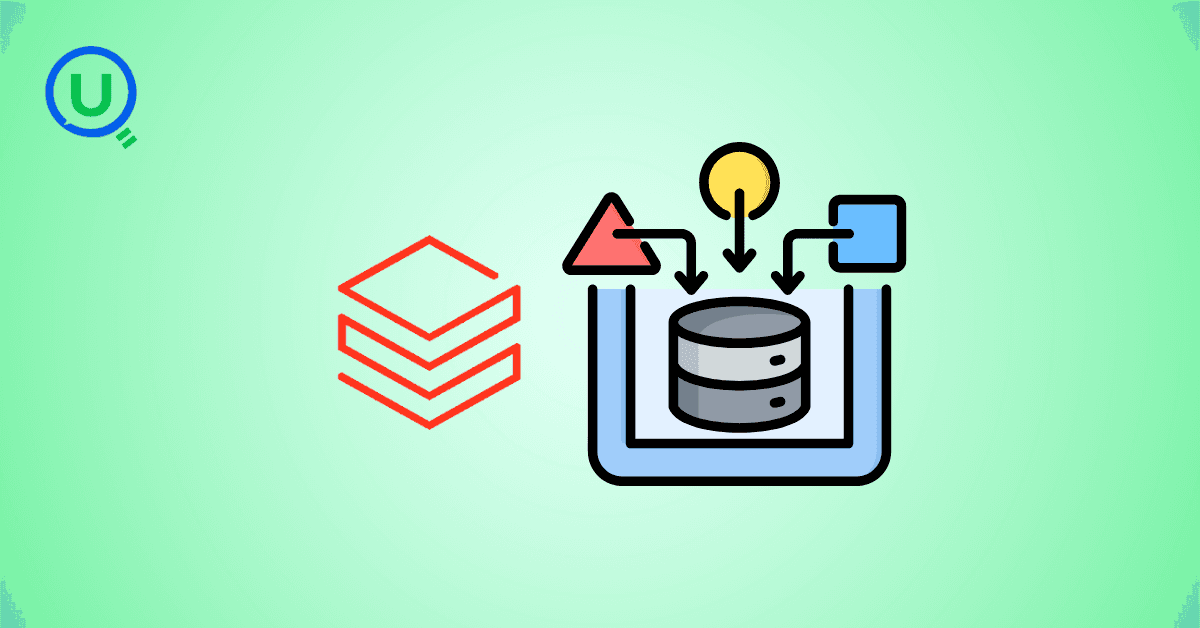
The AI industry has a security problem: data scientists aren't trained in security, ML engineers are working with black-box models, and security pros don't understand GenAI. Learn about the frameworks and tools bridging this gap—from Llama Guard to Databricks' safety features.

Why DELETE isn’t enough under GDPR, and how Time Travel can make sensitive data reappear unless VACUUM is used correctly.

This blog shares my personal journey into Snowflake Gen AI, from early confusion to hands-on clarity. It offers practical study tips, common pitfalls, and guidance to help you prepare effectively and understand Snowflake’s evolving AI capabilities.

Started scrolling Instagram at 2 AM. Saw Cloudflare memes. Fell down a 4-hour research rabbit hole. Discovered that AND database = 'default' could have prevented the whole thing. My sleep schedule is ruined but at least I understand distributed systems now.

Discover the top 10 data pipeline tools every data engineer should know in 2025. From Airflow to Fivetran, learn how each tool powers modern data workflows, supports real-time analytics, and scales across cloud ecosystems.
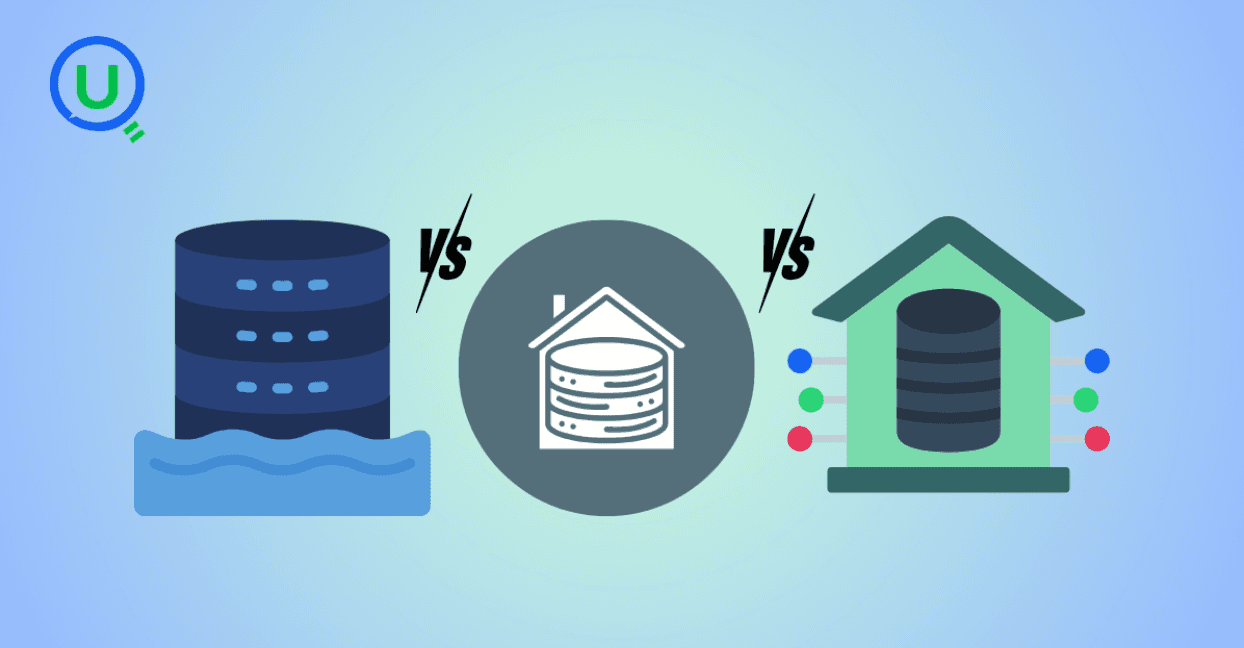
Confused between a data lake, data warehouse, and data mart? Discover key differences, real-world use cases, and when to use each architecture. Learn how to build a modern, layered data strategy for scalability, governance, and business insights.

Explore what syntax means in the world of data and AI—from SQL and Python to JSON and APIs. Learn why syntax matters, common errors, real-world examples, and essential best practices for data engineers, analysts, and AI developers in 2025.
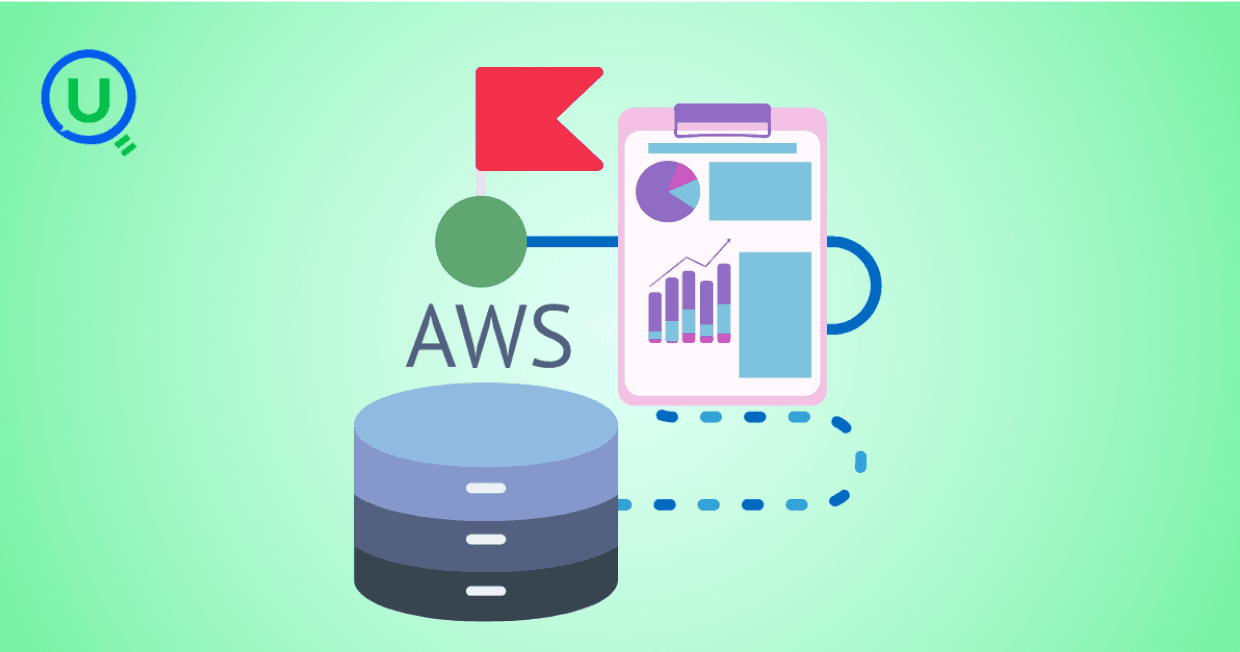
Discover how AWS Data Pipeline helps automate data movement and transformation across AWS services like S3, Redshift, and EMR. Learn its key features, benefits, limitations, and how it compares to modern tools like AWS Glue and MWAA.

Learn how to build scalable and secure data pipeline architectures in 2024 with best practices, modern tools, and intelligent design. Explore key pillars like scalability, security, observability, and metadata tracking to create efficient and future-proof data workflows.
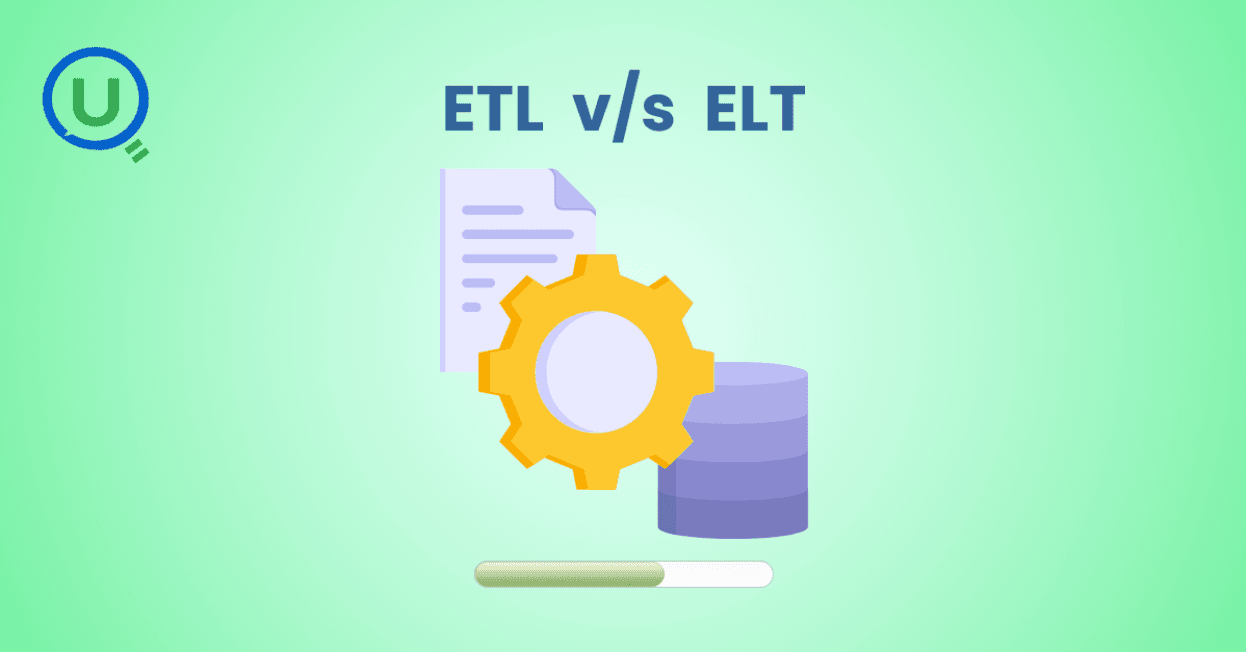
Explore the key differences between ETL and ELT data integration methods in this comprehensive guide. Learn when to choose each approach, their use cases, and how to implement them for efficient data pipelines, real-time analytics, and scalable solutions.
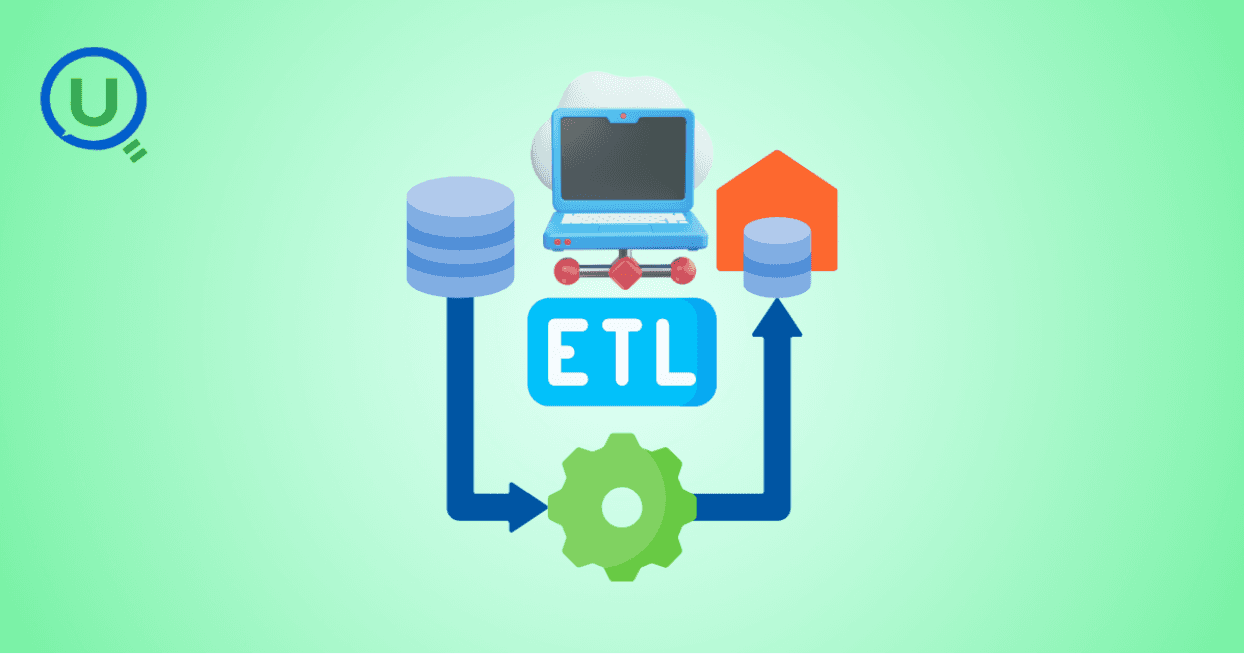
Learn the essential role of ETL (Extract, Transform, Load) in data engineering. Understand the three phases of ETL, its benefits, and how to implement effective ETL pipelines using modern tools and strategies for better decision-making, scalability, and data quality.
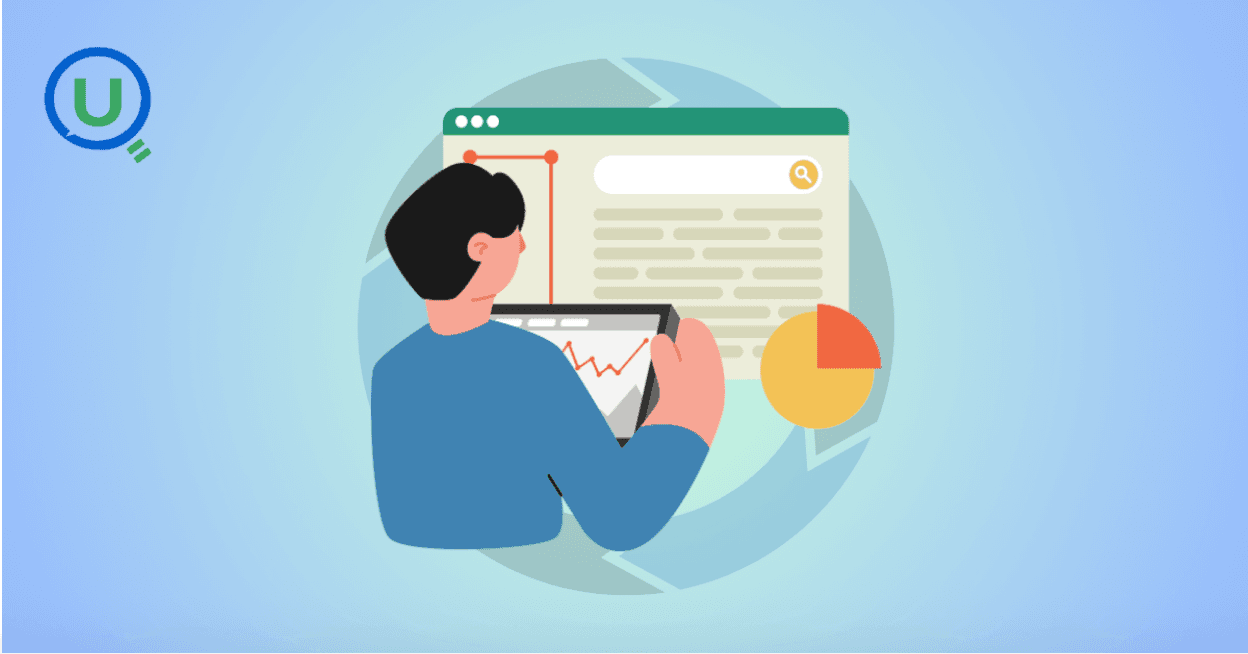
Discover why data orchestration and analysis are essential for modern data systems. Learn how automation tools streamline data workflows, boost insights, and scale with your business

Learn what a data ingestion pipeline is, why it's vital for modern analytics, and how to design scalable, real-time pipelines to power your data systems effectively.

Discover the top 15 data warehouse tools for scalable data management in 2024. Learn how to choose the right platform for analytics, performance, and cost-efficiency.

Confused between a data mart and a data warehouse? Learn the key differences, use cases, and how to choose the right data architecture for your business. Explore best practices, real-world examples, and expert insights from Enqurious.
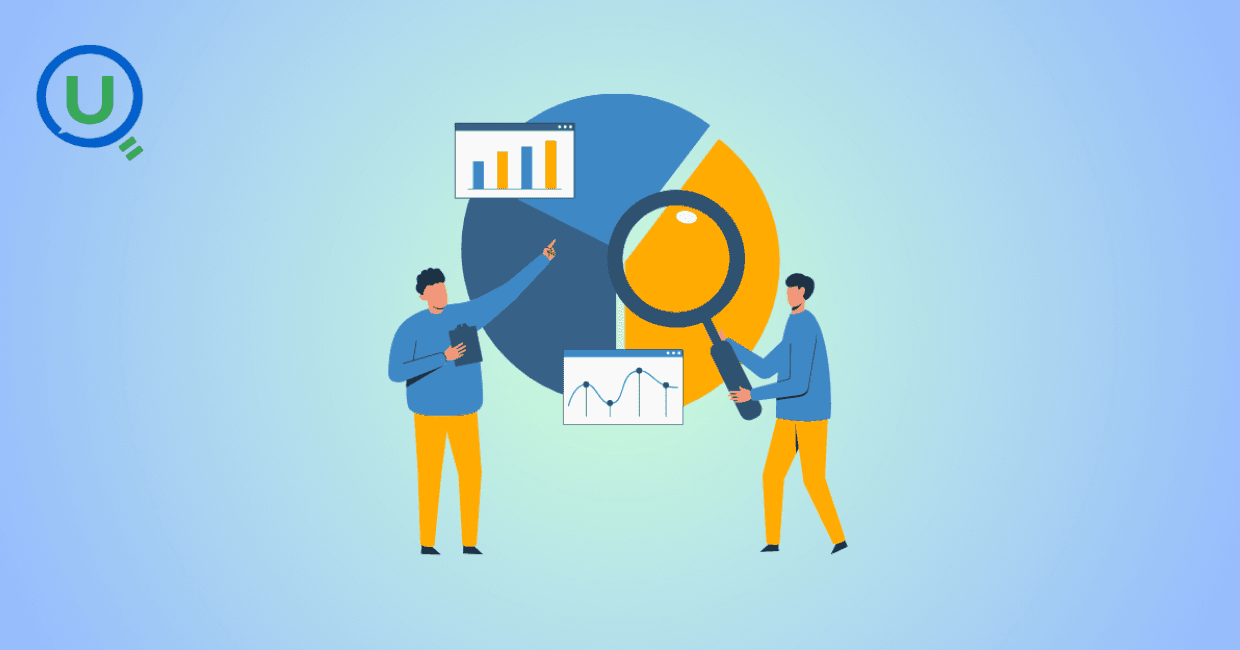
Discover the top 10 predictive analytics tools to know in 2025—from SAS and Google Vertex AI to RapidMiner and H2O.ai. Learn why predictive analytics is essential for modern businesses and how to choose the right tool for your data strategy.

Explore the key differences between descriptive and predictive analytics, and learn how both can drive smarter decision-making. Discover how these analytics complement each other to enhance business strategies and improve outcomes in 2025 and beyond.
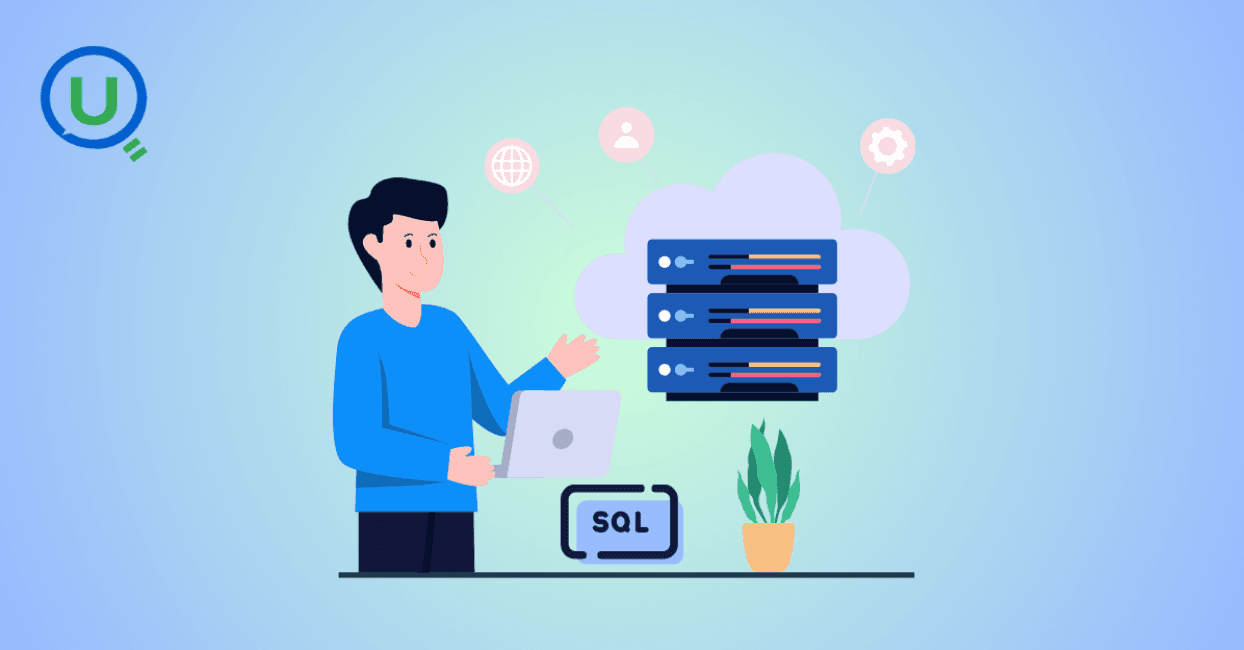
Compare PostgreSQL vs SQL Server in this comprehensive guide. Learn the key differences, strengths, and use cases to help you choose the right database for your business needs, from cost to performance and security.

Learn what Power BI is and how it works in this beginner's guide. Discover its key features, components, benefits, and real-world applications, and how it empowers businesses to make data-driven decisions.

Explore what a Business Intelligence Engineer does—from building data pipelines to crafting dashboards. Learn key responsibilities, tools, and why this role is vital in a data-driven organization.
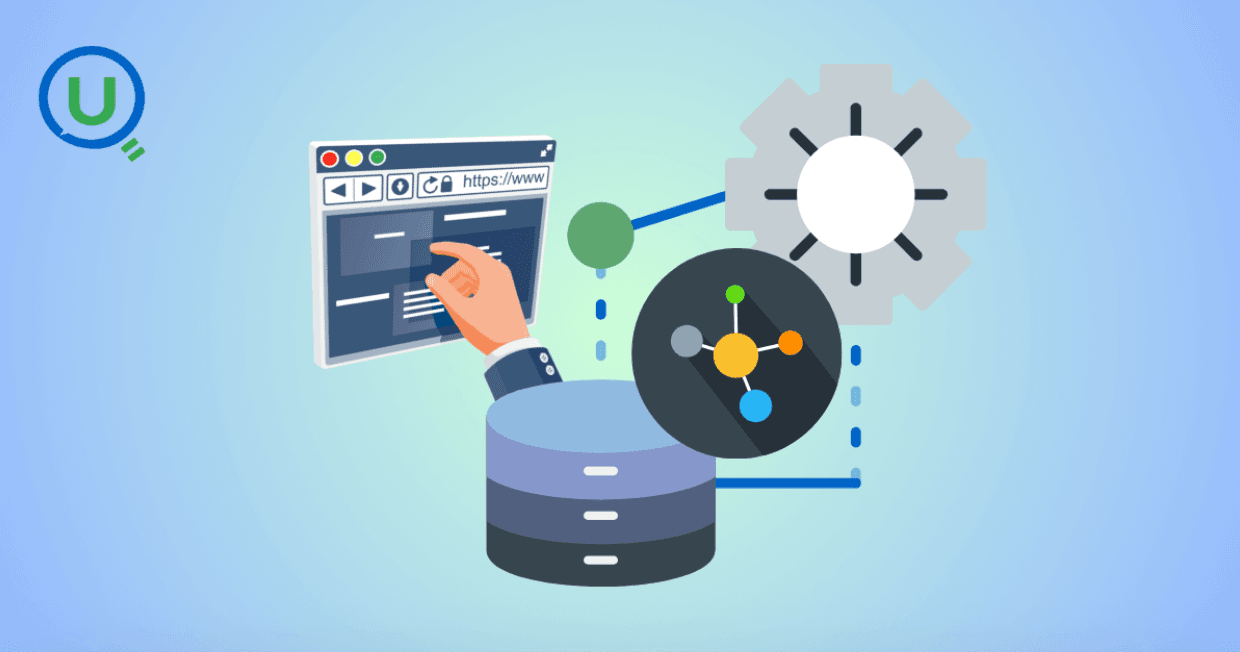
Discover why data lineage is essential in today’s complex data ecosystems. Learn how it boosts trust, compliance, and decision-making — and how Enqurious helps you trace, govern, and optimize your data journeys.
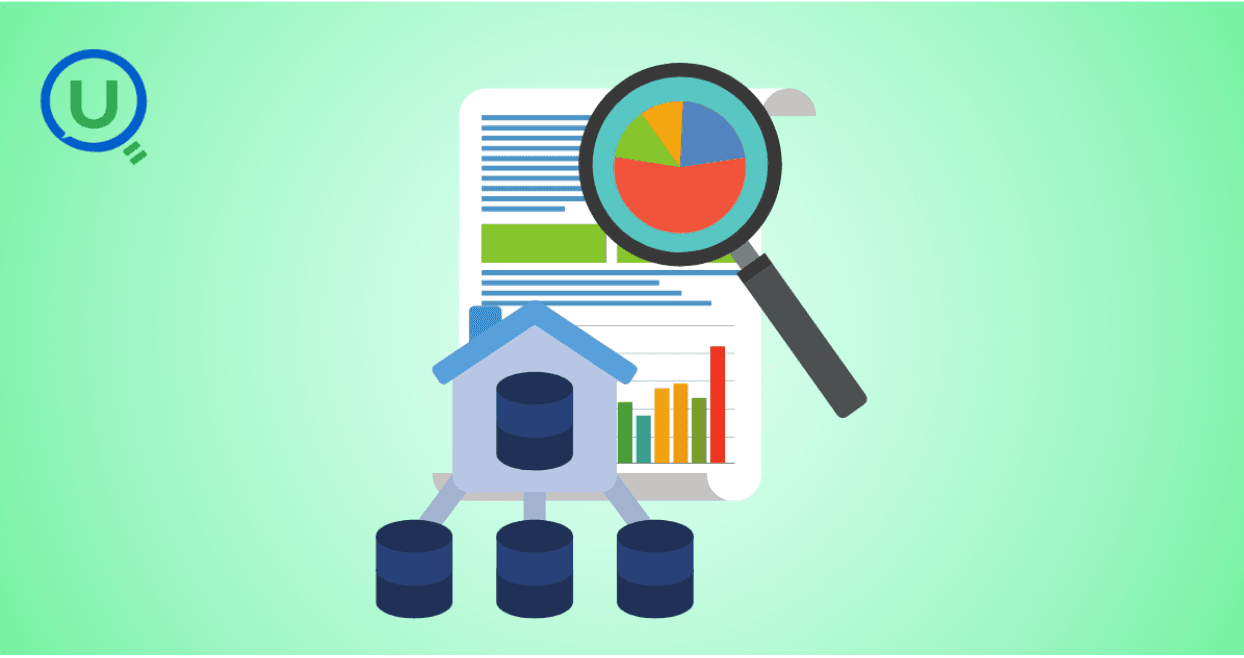
Learn what a data mart is, its types, and key benefits. Discover how data marts empower departments with faster, targeted data access for improved decision-making, and how they differ from data warehouses and data lakes.

Master data strategy: Understand data mart vs data warehouse key differences, benefits, and use cases in business intelligence. Enqurious boosts your Data+AI team's potential with data-driven upskilling.
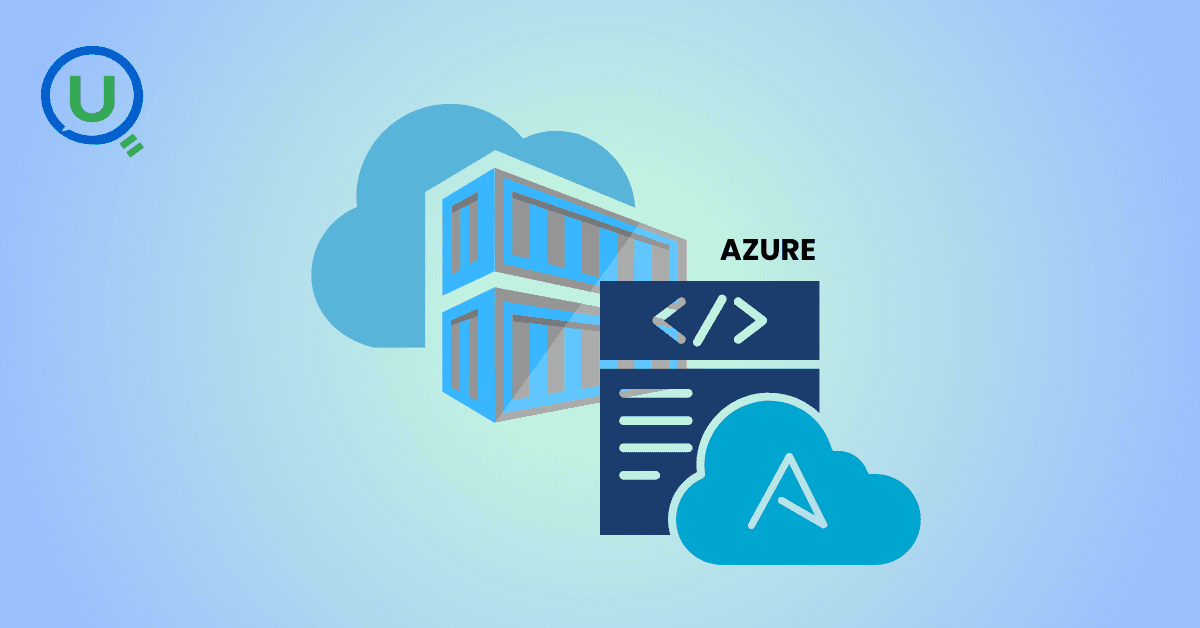
Learn what Azure Data Factory (ADF) is, how it works, and why it’s essential for modern data integration, AI, and analytics. This complete guide covers ADF’s features, real-world use cases, and how it empowers businesses to streamline data pipelines. Start your journey with Azure Data Factory today!
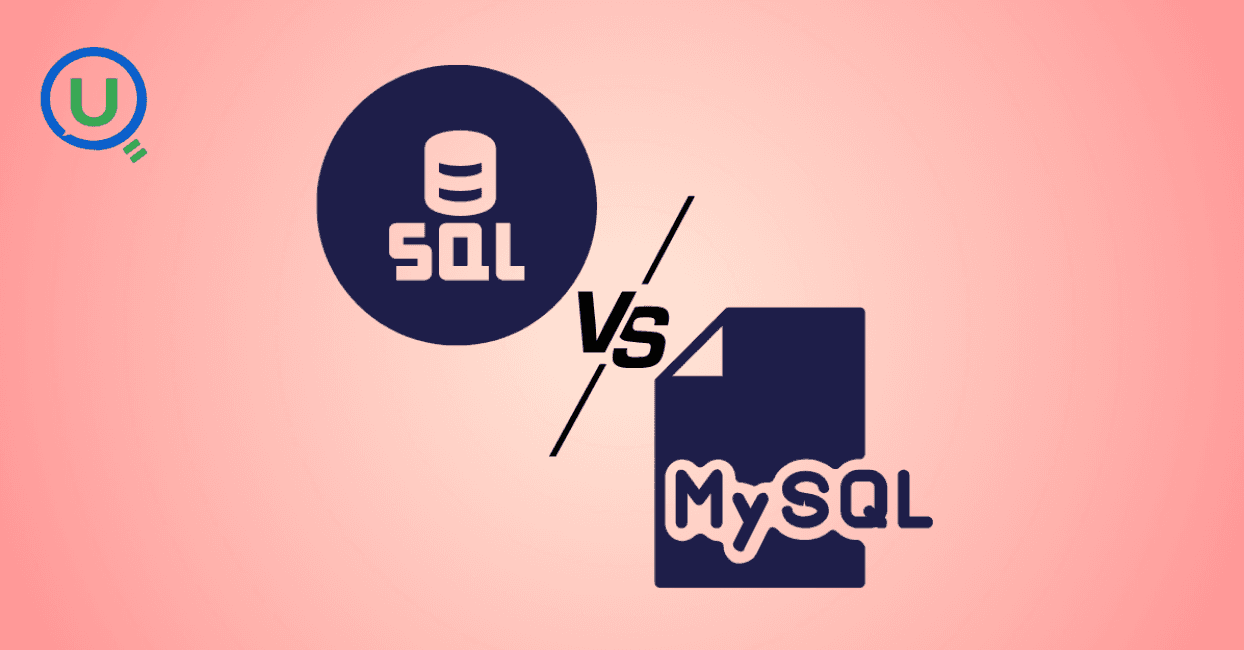
Discover the key differences between SQL and MySQL in this comprehensive guide. Learn about their purpose, usage, compatibility, and how they work together to manage data. Start your journey with SQL and MySQL today with expert-led guidance from Enqurious!
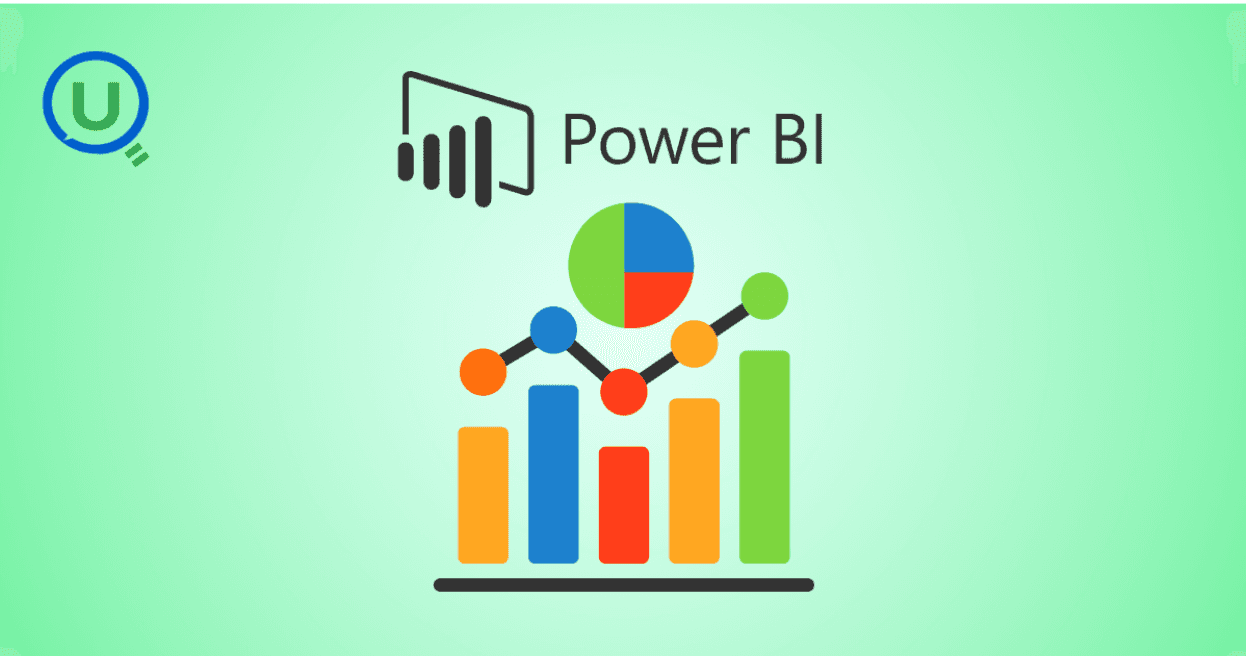
Learn Power BI from scratch in 2025 with this step-by-step guide. Explore resources, tips, and common mistakes to avoid as you master data visualization, DAX, and dashboard creation. Start your learning journey today with Enqurious and gain hands-on training from experts!
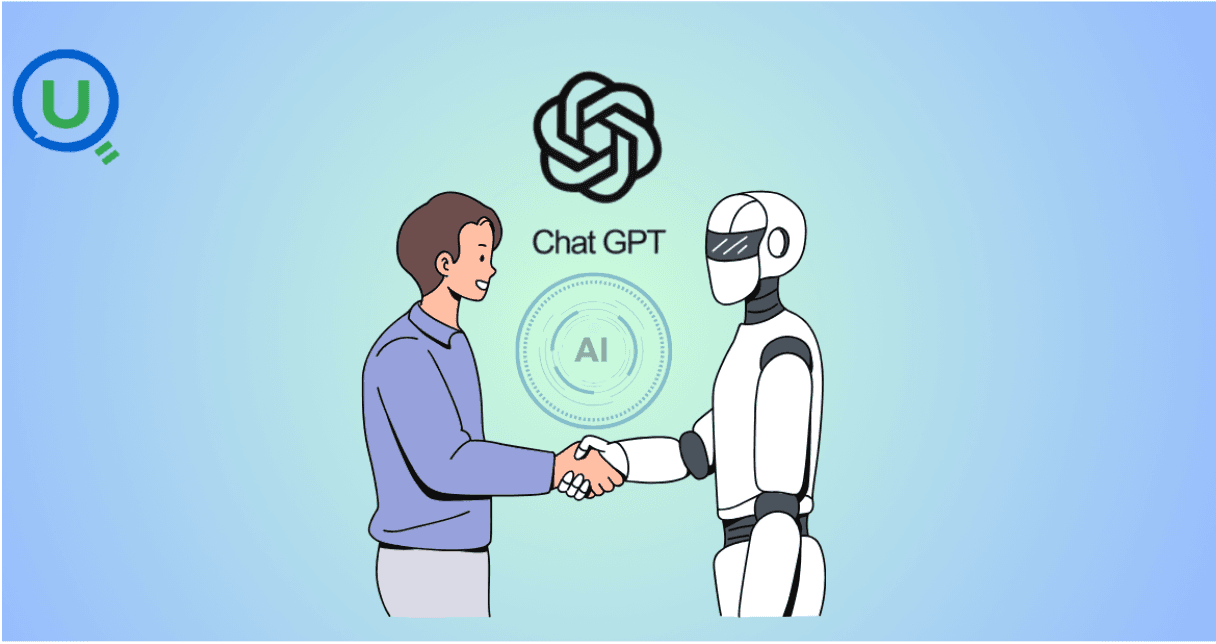
AI tools like ChatGPT are transforming clinical data management by automating data entry, enabling natural language queries, detecting errors, and simplifying regulatory compliance. Learn how AI is enhancing efficiency, accuracy, and security in healthcare data handling.
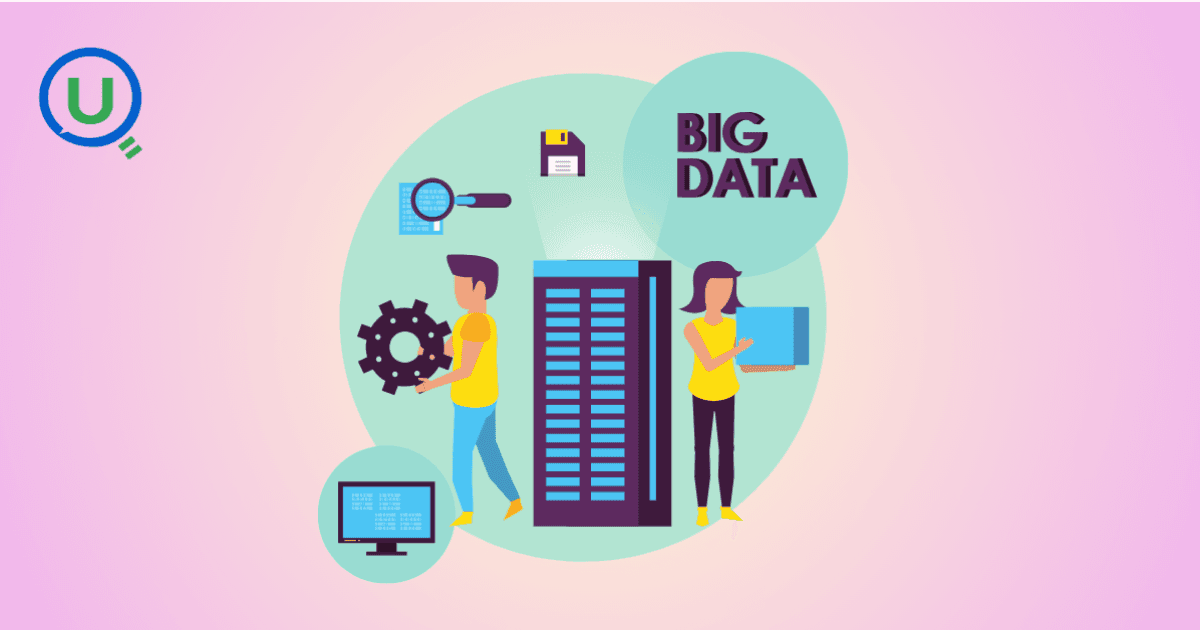
Big Data refers to large, complex data sets generated at high speed from various sources. It plays a crucial role in business, healthcare, finance, education, and more, enabling better decision-making, predictive analytics, and innovation.

Discover the power of prompt engineering and how it enhances AI interactions. Learn the key principles, real-world use cases, and best practices for crafting effective prompts to get accurate, creative, and tailored results from AI tools like ChatGPT, Google Gemini, and Claude.

Learn what a Logical Data Model (LDM) is, its key components, and why it’s essential for effective database design. Explore how an LDM helps businesses align data needs with IT implementation, reducing errors and improving scalability.

Discover the power of a Canonical Data Model (CDM) for businesses facing complex data integration challenges. Learn how CDM simplifies communication between systems, improves data consistency, reduces development costs, and enhances scalability for better decision-making.

Discover the 10 essential benefits of Engineering Data Management (EDM) and how it helps businesses streamline workflows, improve collaboration, ensure security, and make smarter decisions with technical data.

Explore how vibe coding is transforming programming by blending creativity, collaboration, and technology to create a more enjoyable, productive, and human-centered coding experience.
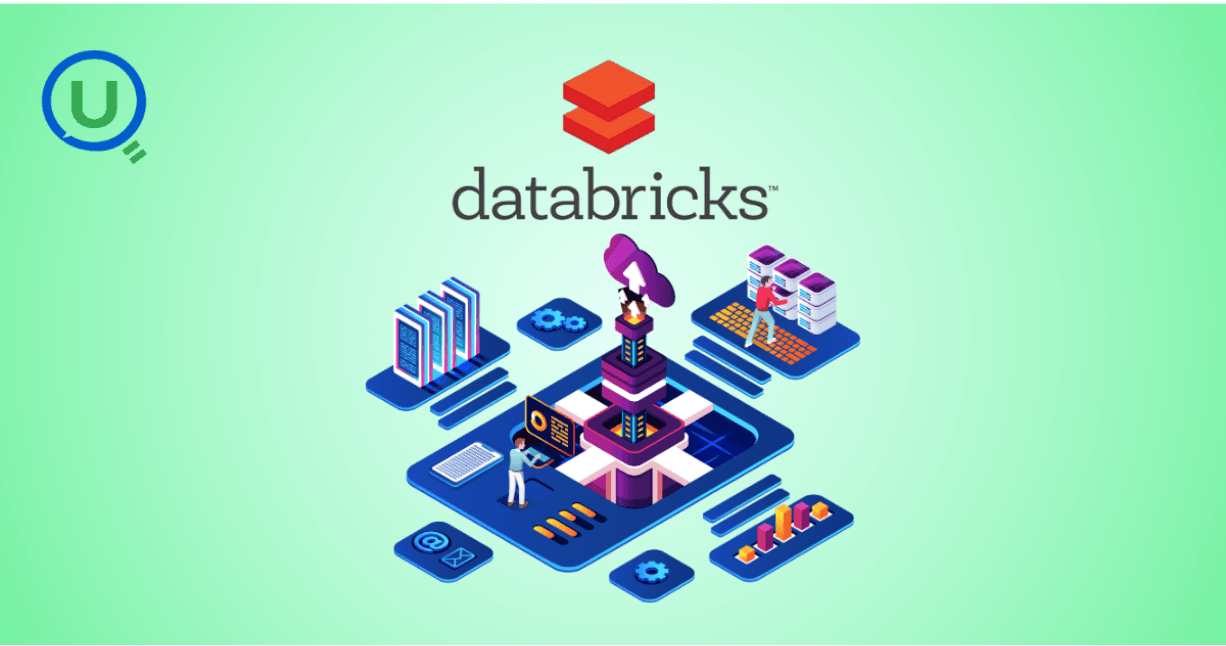
Learn how Azure Databricks empowers data engineers to build optimized, scalable, and reliable data pipelines with features like Delta Lake, auto-scaling, automation, and seamless collaboration.

Explore the top 10 data science trends to watch out for in 2025. From generative AI to automated machine learning, discover how these advancements are shaping the future of data science and transforming industries worldwide.
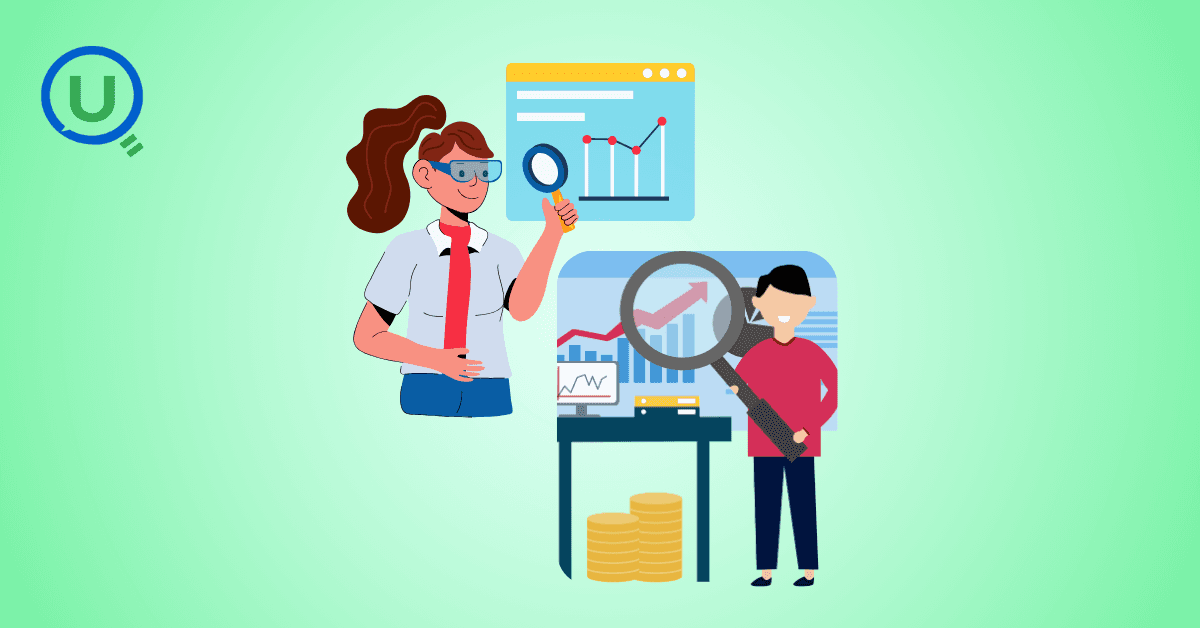
Discover the key differences between data scientists and data engineers, their roles, responsibilities, and tools. Learn how Enqurious helps you build skills in both fields with hands-on, industry-relevant learning.
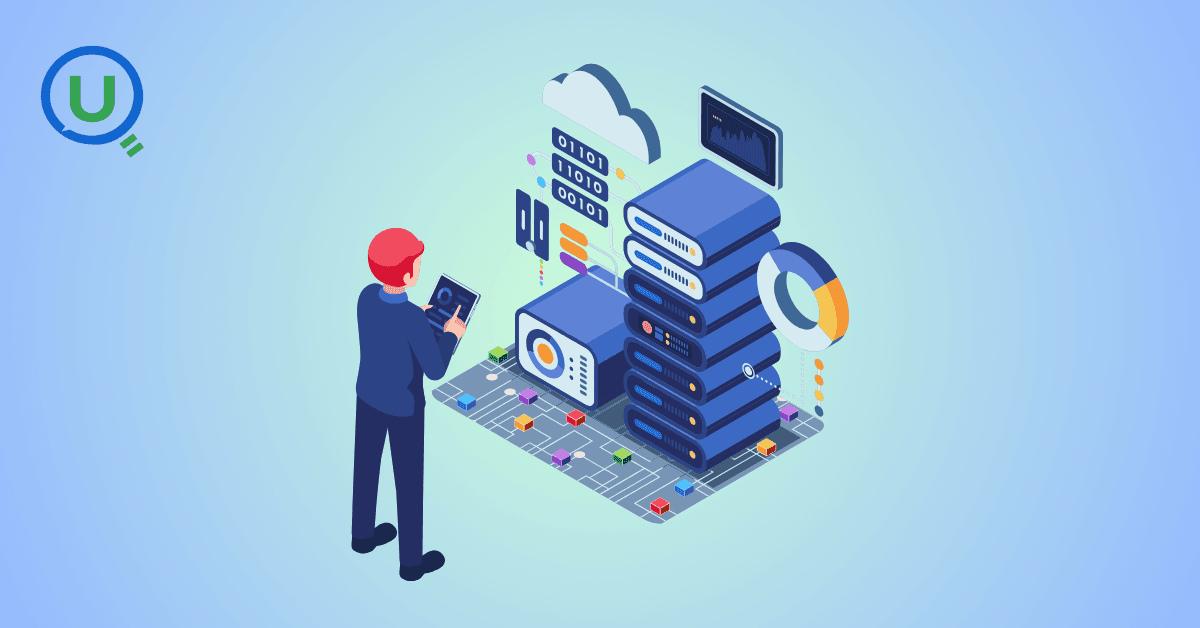
Discover the 9 essential steps to effective engineering data management. Learn how to streamline workflows, improve collaboration, and ensure data integrity across engineering teams.

Azure Databricks is a cloud-based data analytics platform that combines the power of Apache Spark with the scalability, security, and ease of use offered by Microsoft Azure. It provides a unified workspace where data engineers, data scientists, analysts, and business users can collaborate.

In today's data-driven world, knowing how to make sense of information is a crucial skill. We’re surrounded by test scores, app usage stats, survey responses, and sales figures — and all this raw data on its own isn’t helpful.

In this blog, we will discuss some of the fundamental differences between AI inference vs. training—one that is, by design, artificially intelligent.
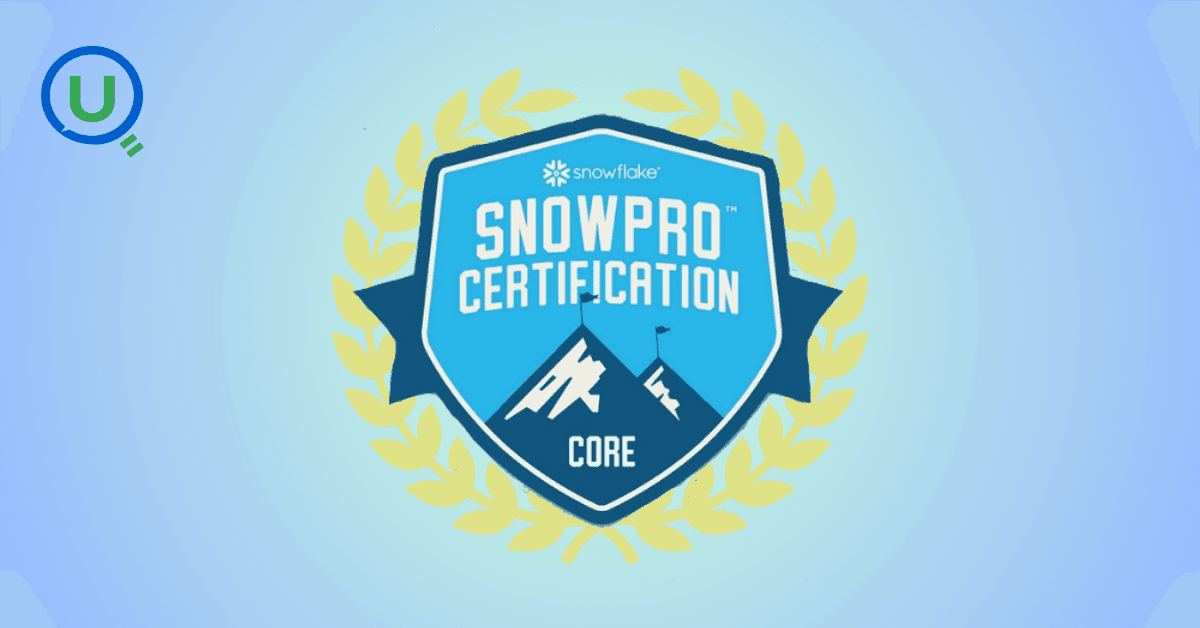
This guide provides a clear, actionable roadmap to help you avoid common pitfalls and successfully earn your SnowPro Core Certification, whether you’re making a career pivot or leveling up in your current role.

"Ever had one of those days when you’re standing in line at a store, waiting for a sales assistant to help you find a product?" In this blog we will get to know about -What is RAG, different types of RAG Architectures and pros and cons for each RAG.
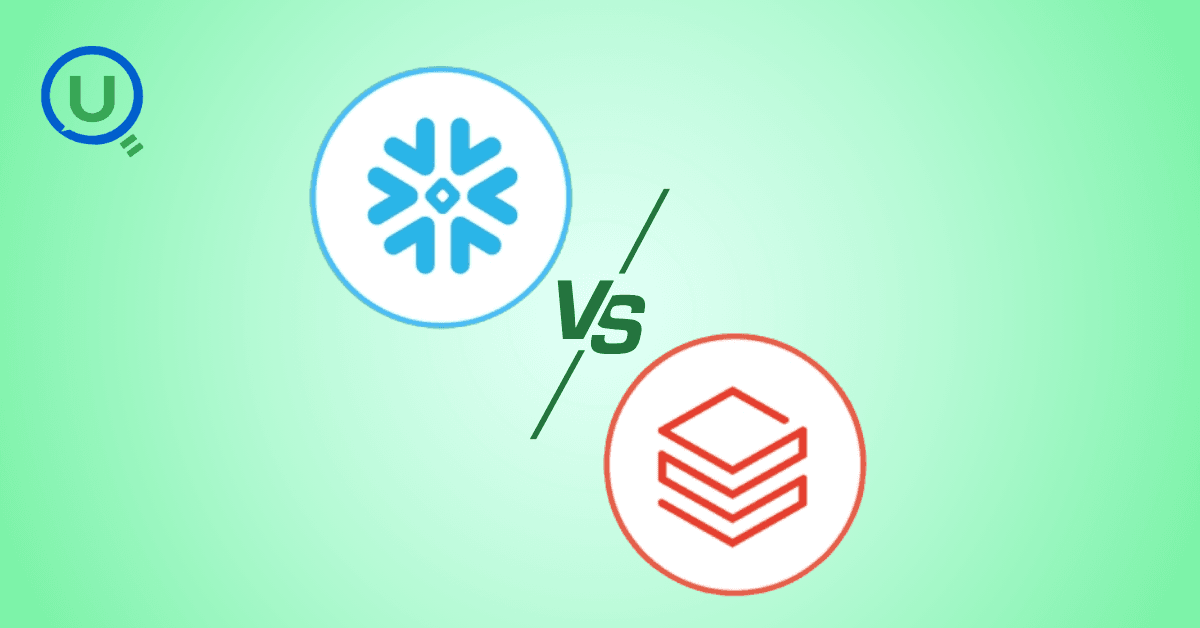
Discover how Databricks and Snowflake together empower businesses by uniting big data, AI, and analytics excellence

How do major retailers like Walmart handle thousands of customer queries in real time without breaking a sweat? From answering questions instantly to providing personalized shopping recommendations, conversational AI reshapes how retailers interact with their customers.